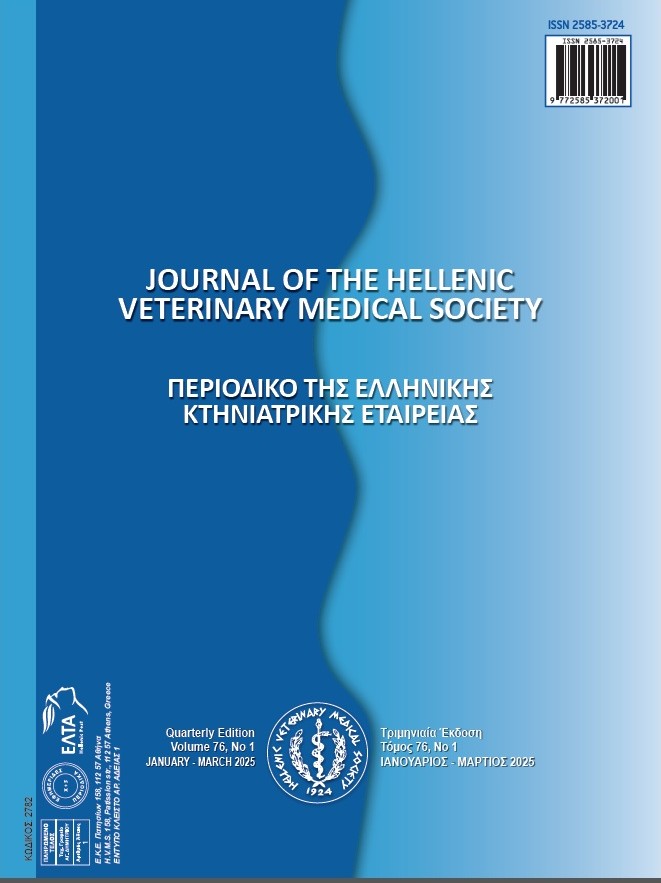Genetic Variability and Haplotypes of Echinococcus equinus in a Donkey in Türkiye

Abstract
Cystic echinococcosis (CE) is a parasitic zoonosis caused by Echinococcus granulosus sensu lato larva. This study was conducted for the molecular characterization of CE cysts obtained from a donkey naturally infected with CE cysts, and for the determination of haplotype diversity. Ten individual CE cysts localized in a donkey’s liver were investigated. Genomic DNA was extracted from each individual cyst isolate. PCR product of 875 bp fragment of the mitochondrial cytochrome c oxidase subunit 1 (mt-CO1) gene was amplified by using specific primers. The PCR products were purified and sequence analysis was performed. The partial sequences of the mt-CO1 gene belonging to the CE cyst isolates were compared with published reference sequences. Partial sequences of mt-CO1 were identified as E. equinus. After haplotype analysis, two different haplotypes (Hap01 and Hap02) were identified. Nine sequences obtained from this study resided in the main haplotype (Hap01); however, another donkey sequence from this study was located in Hap02 with a nucleotide difference. Although Echinococcus granulosus s.s. (G1 and G3) is reported to be the dominant species, and the current findings showed that E. equinus (G4) and its haplotypes could also circulate in donkeys from Turkey.
Article Details
- How to Cite
-
Kilinc, S., Celik, F., Kesik, H., & Simsek, S. (2025). Genetic Variability and Haplotypes of Echinococcus equinus in a Donkey in Türkiye. Journal of the Hellenic Veterinary Medical Society, 76(1), 8689–8696. https://doi.org/10.12681/jhvms.37134
- Issue
- Vol. 76 No. 1 (2025)
- Section
- Research Articles

This work is licensed under a Creative Commons Attribution-NonCommercial 4.0 International License.
Authors who publish with this journal agree to the following terms:
· Authors retain copyright and grant the journal right of first publication with the work simultaneously licensed under a Creative Commons Attribution Non-Commercial License that allows others to share the work with an acknowledgement of the work's authorship and initial publication in this journal.
· Authors are able to enter into separate, additional contractual arrangements for the non-exclusive distribution of the journal's published version of the work (e.g. post it to an institutional repository or publish it in a book), with an acknowledgement of its initial publication in this journal.
· Authors are permitted and encouraged to post their work online (preferably in institutional repositories or on their website) prior to and during the submission process, as it can lead to productive exchanges, as well as earlier and greater citation of published work.


